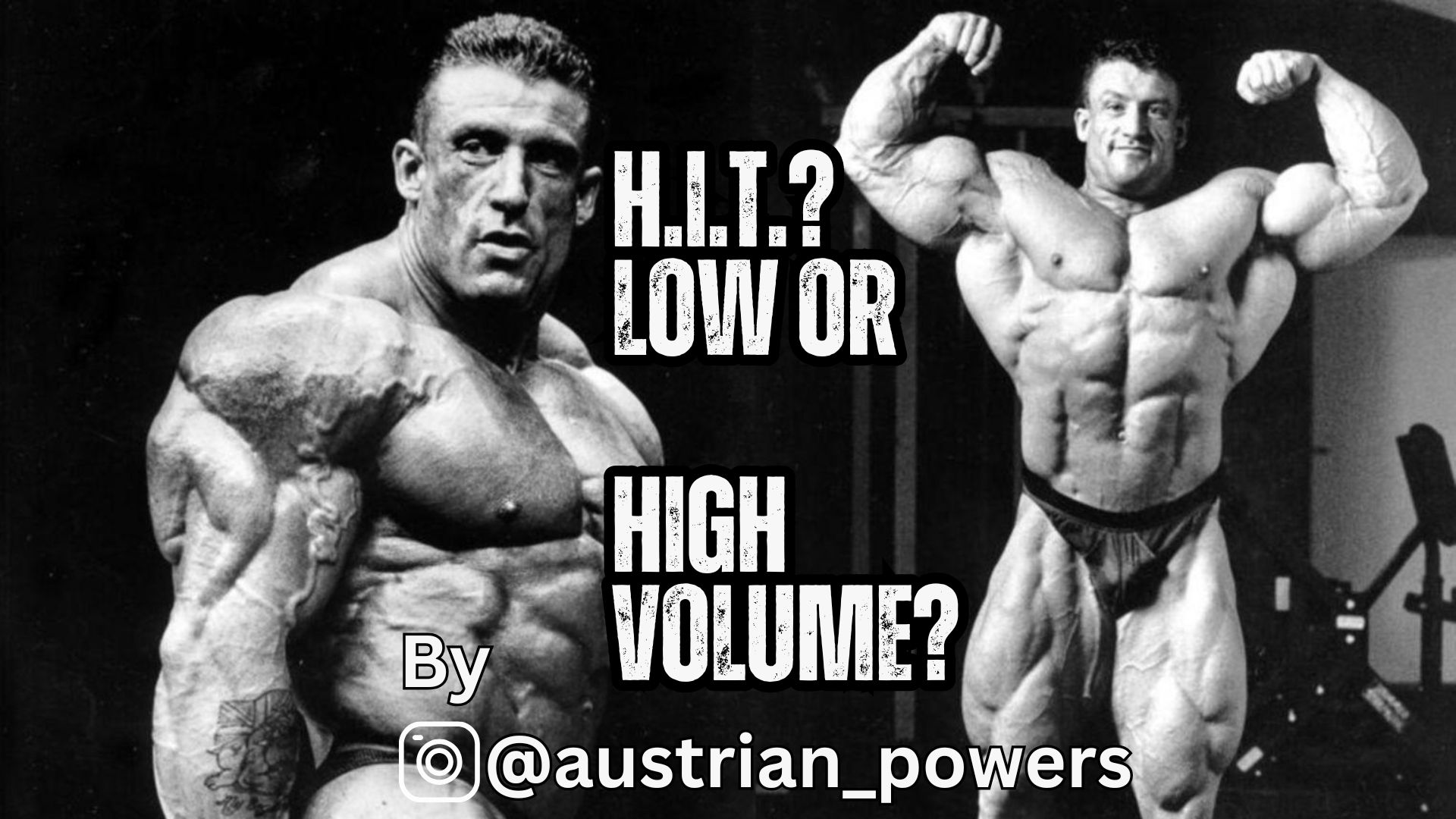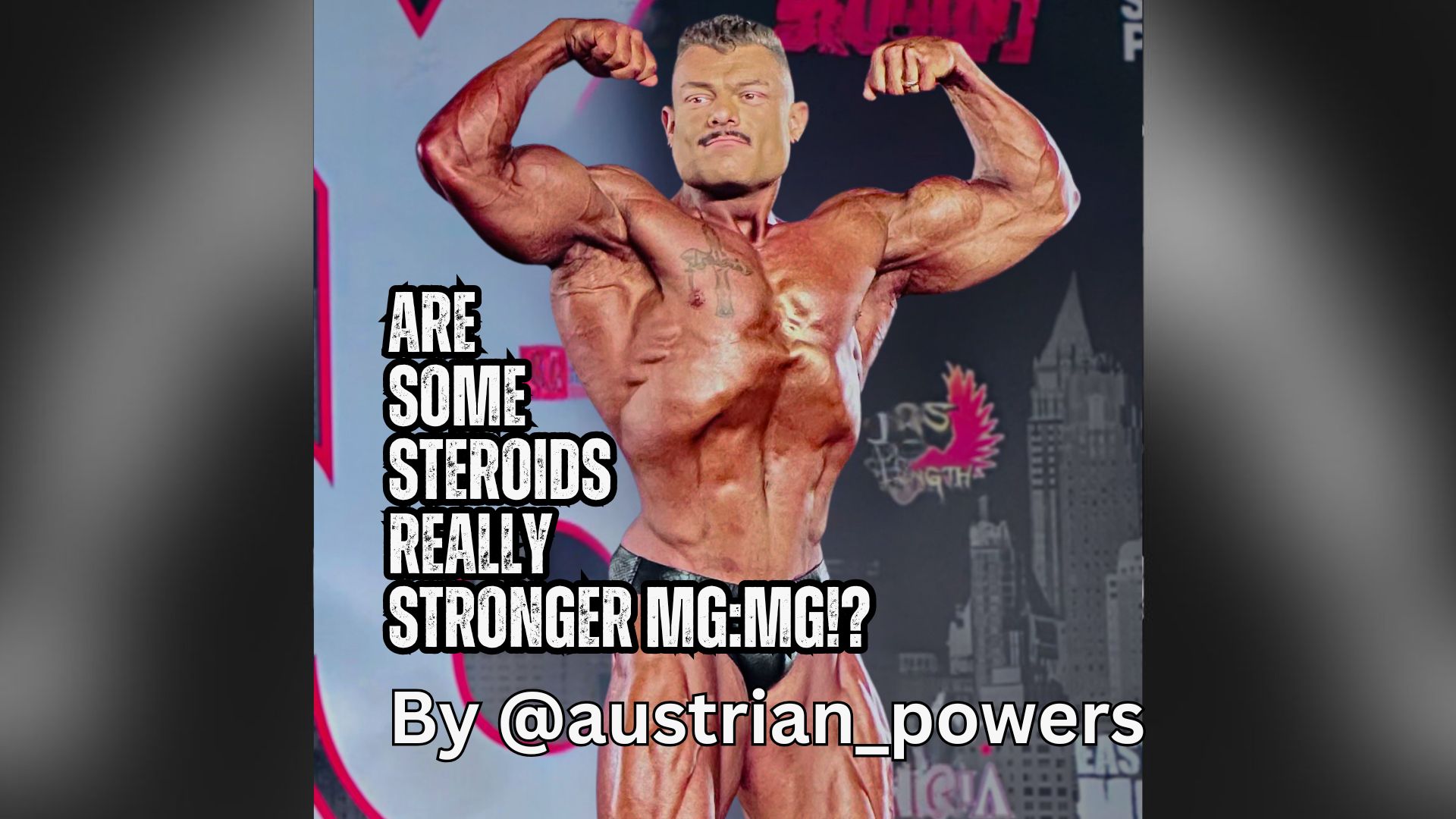Low or High Volume for more Gains?
Why Lower Volume with Maximum Intensity to Absolute Failure is More Productive for Hypertrophy than Traditional High-Volume Training
Hypertrophy, or muscle growth, is the goal for many athletes, with common debates about the optimal volume and intensity for achieving it. Traditional bodybuilding programs often prioritize high volume (many sets and exercises), but emerging evidence suggests that lower-volume, high-intensity training to failure may be a more effective and efficient approach. Here’s why focusing on intensity, along with higher frequency and protein synthesis optimization, might maximize muscle growth.
1. Intensity Over Volume: Maximizing Muscle Recruitment
Muscle fiber recruitment is a key factor in hypertrophy. High-intensity training to failure ensures that a higher percentage of muscle fibers — especially the fast-twitch fibers — are activated. These fibers have the greatest potential for growth, and they are typically only recruited during intense efforts like heavy lifting.
While traditional high-volume training may involve more sets, it doesn’t always fully engage muscle fibers, particularly as fatigue sets in. By training to failure with high intensity, you activate more muscle fibers, especially in the final reps of a set when fatigue forces the body to recruit fibers responsible for explosive movements and growth.
2. Muscle Protein Synthesis: Low or High Volume for more Gains
Muscle growth occurs when the rate of muscle protein synthesis (MPS) exceeds muscle protein breakdown (MPB). Training to failure induces greater muscle damage (micro-tears in muscle fibers), triggering a stronger repair response. This leads to a more significant spike in MPS, which is key for hypertrophy.

Although traditional high-volume training can also stimulate MPS, the intensity of training to failure generates more muscle damage, increasing the need for repair and adaptation — both crucial for muscle growth. High-intensity training, with adequate recovery, allows for frequent stimulation of MPS without the risk of overtraining.
3. Higher Frequency: More Stimulation of Hypertrophy Pathways
Lower-volume, high-intensity training allows for more frequent training sessions. With fewer sets but higher intensity, muscles can recover faster, enabling you to train each muscle group 2–3 times per week. Studies suggest that higher training frequency can lead to greater hypertrophy, as it maintains a more consistent MPS rate throughout the week.
Higher frequency also enhances motor unit recruitment, coordination, and technique, improving the overall efficiency of each session. This approach can further optimize muscle growth while avoiding the fatigue associated with traditional high-volume methods.
See Also: Nichols Offseason Mass Gain Cycle
4. Focus and Mental Energy: Shorter, More Intense Sessions
Low-volume, high-intensity training demands greater mental focus. Longer, high-volume sessions often result in fatigue and diminished focus, which can negatively affect form and technique. By concentrating on fewer, more intense sets, you can maintain full engagement, which leads to higher-quality reps and more productive sessions.
Shorter sessions also reduce the risk of injury, as mental fatigue from high volume can compromise form, leading to potential harm. Training intensely in a shorter time frame allows you to push your limits without risking burnout.
5. Recovery and Adaptation: Managing Rest and Growth
High-intensity training to failure creates significant muscle damage, requiring adequate recovery. However, because lower-volume training doesn’t leave you as exhausted as traditional high-volume training, you can train more frequently without the risk of overtraining.
By focusing on fewer sets with higher intensity, you can manage recovery more effectively, avoiding the overtraining that comes with excessive volume. This balance promotes growth without the fatigue or diminished returns that can result from excessive volume and insufficient recovery.
6. The Bottom Line: Quality Over Quantity: Low or High Volume for more Gains
While high-volume training has its place, emerging evidence shows that lower-volume, high-intensity training to failure may be more effective for hypertrophy. By maximizing muscle recruitment, optimizing protein synthesis, and allowing for higher frequency, this approach ensures better muscle growth with fewer sessions, less fatigue, and reduced injury risk.
For those looking to maximize hypertrophy, a focus on intensity — rather than sheer volume — could yield faster, more sustainable results, making training sessions both more efficient and effective.




